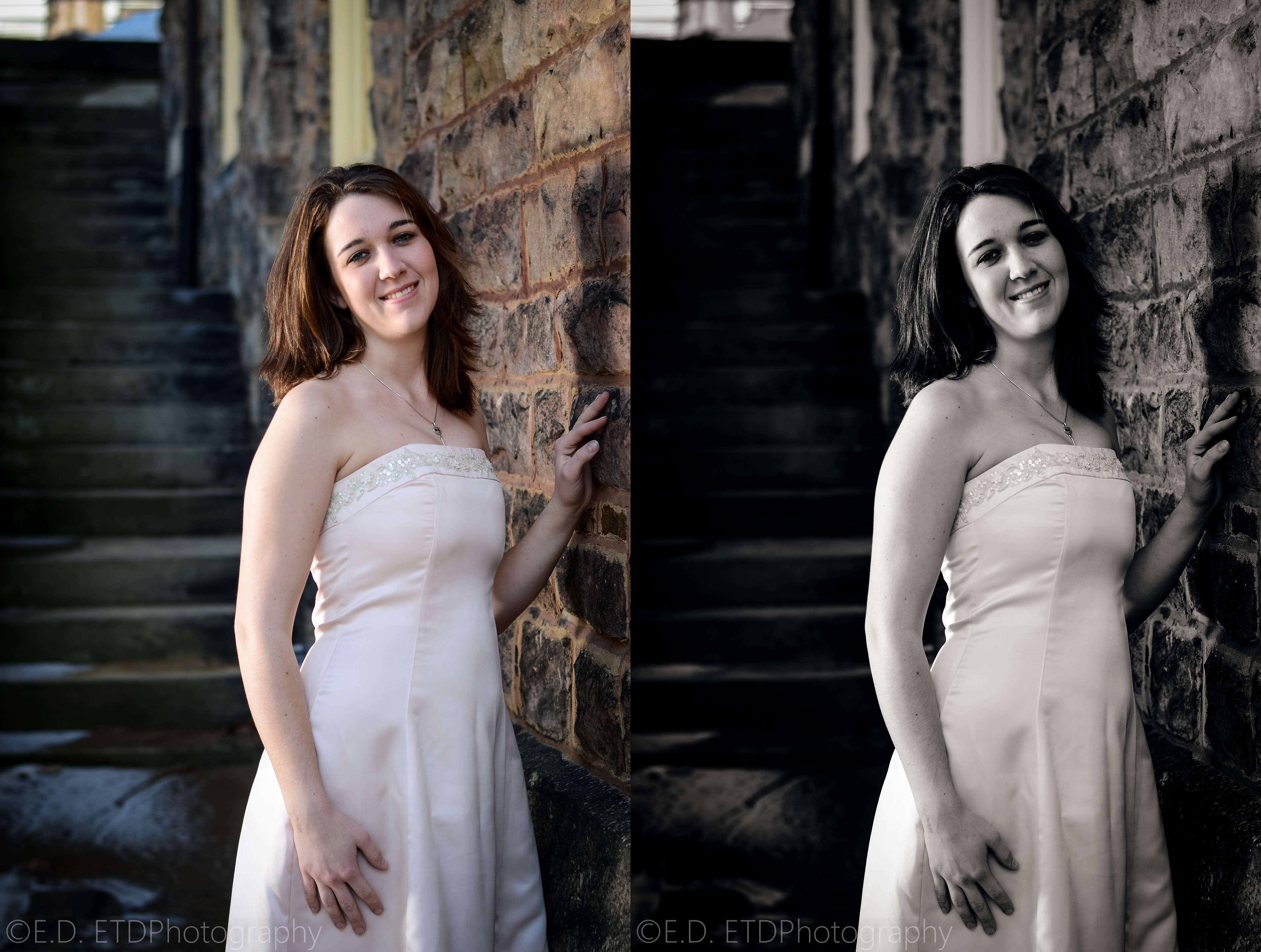A Photographer’s Best Friend: The Scrim
t’s a nice sunny day and you want to get some portraits with your friends, but you just end up with harsh shadows across everyone’s face with squinting eyes from the glaring sun. What’s a photographer to do? Get a scrim!
What Does it Mean to Shoot Digital? Part I
Photography has changed quite rapidly over the past few decades. Instead of darkrooms and film, we have Adobe Lightroom and memory cards.
What does it mean to take a photo with a digital camera though? How does shooting with a digital sensor instead of film affect the look of your photos? What are the advantages and disadvantages of digital sensors?
Software 101: Adding Vignette
If there is one effect that I would have to name the most popular for photo editing it would have to be the vignette.
Everyone tries it out sometime and usually with good results. Its a subtle effect that can draw attention to the center of your image and create nice framing. Today I'll show you how to apply a vignette with a few different editing programs, and talk a little about what not to do with vignettes.
Using vignettes is very easy in most programs, often requiring only a couple clicks.
Megapixels: Do You Need More?
The first digital camera I ever used took 3.2 megapixel photos. Cameras today take as many as 24 or 36 megapixel photos. What is a megapixel though?
Software 101: Converting to Black and White
There are a lot of ways to convert color photos to black and white. Some provide a bit more control than others, but no method is wrong.
Through a lot of experimentation I found this method that gives me a look I really like and the amount of control over the look I wanted using a combination of Lightroom and Photoshop.
Exposure: Buckets, Hoses, and Triangles
The most basic technical aspect of photography is exposure.
Exposure is basically how much light reaches your camera's sensor (or film) in a single photo.
There are a number of things that can affect exposure and it may seem a bit complicated, but it's not. I have created an effective analogy below that will help you learn how exposure works.
Photo Techniques: Subject/Background Separation
Have you ever wondered how photographers get those creamy smooth backgrounds like the photo above?
There are several factors that create the smooth blurred background (commonly referred to as 'bokeh') including focal length, distance, and aperture the distance between the subject and its background.
To help explain how to do this yourself, let's take a look at each of those.
Editing 101: Picking Programs
Photography doesn't end once you click the shutter.
Practically any photo you see on the web, in a magazine, or in advertisements has been edited. Its not that you need editing programs to make great images, but software like Adobe Lightroom or GIMP allow you to fine tune your photos to be the best that they can.
There are a lot of choices for photo editing and management, from free to "wow really?!"
So how do you go about finding which program is for you? First, consider what you need.
Composition 101: Rule of Thirds
There is no formula for the perfect photo.
There are, however, guidelines to help you train your eye and improve your photos.
The idea of the rule of thirds has been around since the late 18th century, it started in painting with artists describing effective use of light and dark paints.
Extending from this, the rule of thirds is about balance in a photo. To explain this in more detail, first we need to talk about negative space and how it affects your photos.








